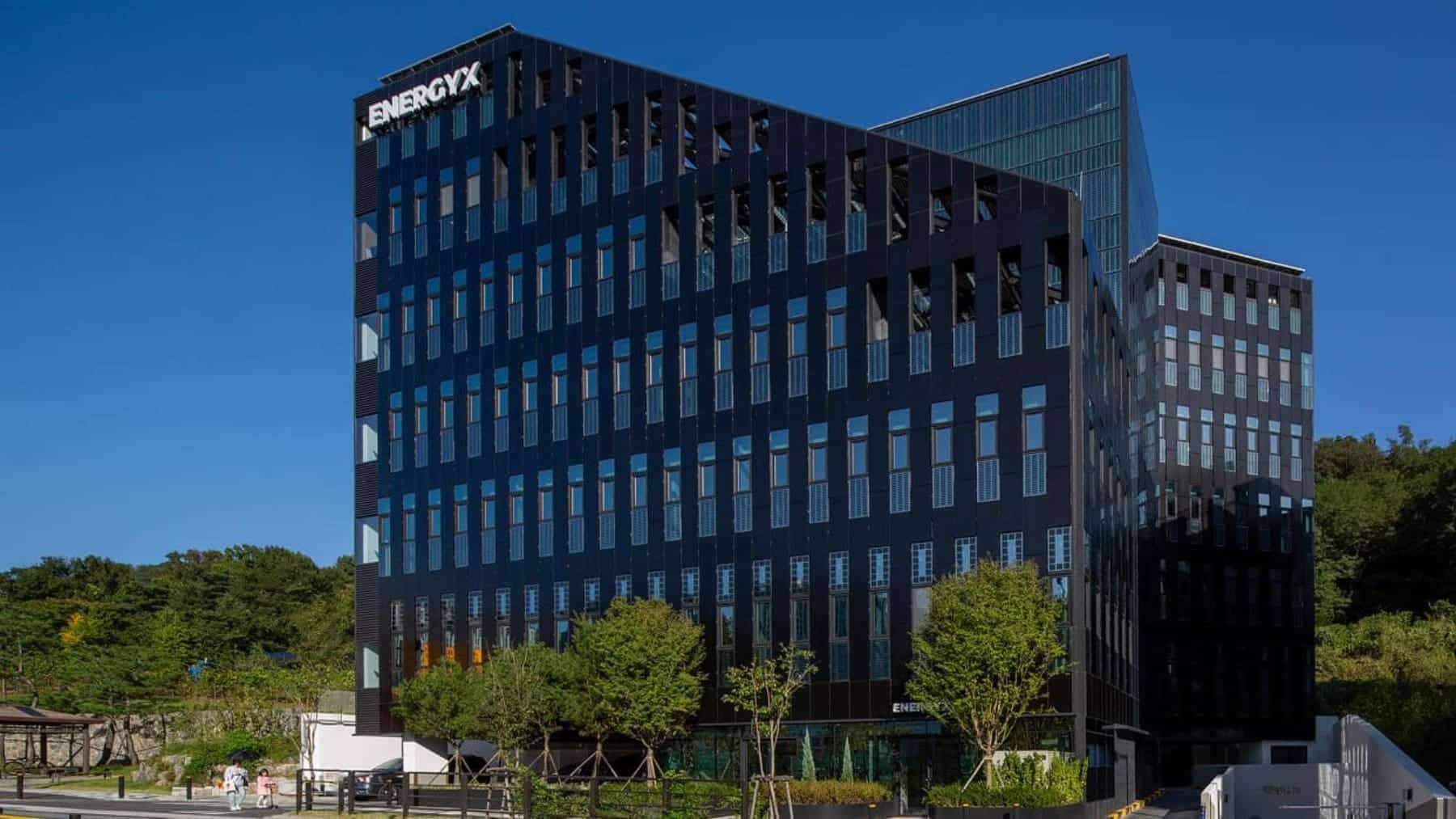A South Korean company, Energy X has found the end of photovoltaics – converting buildings into power plants. A zero-energy building (ZEB) is a building that minimizes energy losses by adopting high-performance insulation materials and generates electricity directly from renewable energy. In Korea, it has been mandatory since 2020 for public buildings of 1,000 m² to receive a rating of 5 or higher.
Public and private buildings with 5-star ratings
In Korea, since 2020, it has been mandatory for public buildings of 1,000 m² to receive a rating of 5 or higher, and in 2023 it was expanded to public buildings of 500 m² or more and public apartment buildings of 30 units or more. The government planned to apply it to private apartment buildings with 30 units or more in 2024 and is promoting support and commercialization so that all buildings can reach the Grade 1 level by 2050.
Energy X puts forward a comprehensive solution for net-zero buildings
Energy X applies IT and engineering-based energy efficiency technologies to enable buildings to produce, save, and manage their own green energy. The company offers a unique end-to-end solution for energy production, savings, and management, connecting industry players and providing them with the tools they need.
The energy technology solution is a comprehensive, all-in-one solution that supports the production, saving, and management of energy. It is a solution that integrates three types of energy production technology, energy saving technology, and energy management technology, and Energy X has various patents and technology registrations related to it. The company was scheduled to build Korea’s first +ZEB Energy X DY Building in the first half of 2023 and was selected as Korea’s No. 1 K-Unicon Energy Company by the Ministry of SMEs and Startups.
A connection between building owners, architects, and construction companies
Energy X is also working on an architectural platform that connects property owners, architects, and construction companies for new or remodeled buildings. One of them is the ‘sustainable space’ DesignWhos. DesignWhos displays famous Korean architects and interiors and their works on its website, and it is a site where you can see Korean architecture and interior projects in one place.
DesignWhos connects all players in the construction industry and provides a variety of services, including an interactive communication space, an e-commerce store, an electronic contract management system, a bidding system for designers and contractors, and an online securities issuance, the investment system, XQUARE, and architectural simulation, diagnosis and review systems.
Reached KRW 1 trillion in traffic on Korea’s No. 1 construction platform
DesignWhos achieved KRW 1 trillion in traffic for the first construction platform in Korea based on traffic by total construction value. DesignWhos was selected for Korea’s Best Management Award by the Ministry of Science and ICT and the Ministry of Trade, Industry, and Energy.
South Korea finds the end of photovoltaics by converting buildings into power plants
EnergyX partnered with Structure Tone Southwest to transform their vision into a 30,000sf light industrial space into reality. This directly negotiated project enabled quick mobilization and a targeted focus on delivering a functional and efficient environment that is tailored to their needs.
From executing comprehensive plumbing and electrical solutions to installing intricate mechanical ductwork and rooftop units (RTUs), the fit-out required collaboration and precision. In spite of challenges such as manpower shortages and extended design submittal timelines, the collaborative team overcame obstacles through clear communication, strategic planning, and an accelerated seven-day work schedule.
EnergyX’s new space highlights what they do best: navigating complex projects with teamwork and ingenuity to deliver exceptional results. Energy X has found the end of photovoltaics – converting buildings into power plants. Energy X has applied IT and engineering-based energy efficiency technologies to enable buildings to produce, save, and manage their own green energy.
Disclaimer: Our coverage of events affecting companies is purely informative and descriptive. Under no circumstances does it seek to promote an opinion or create a trend, nor can it be taken as investment advice or a recommendation of any kind.
